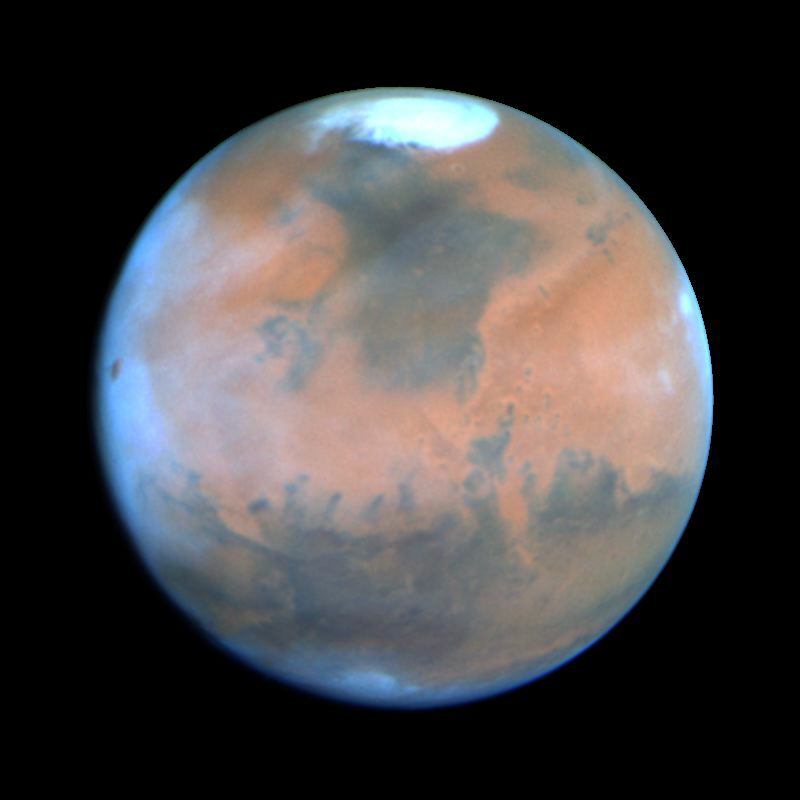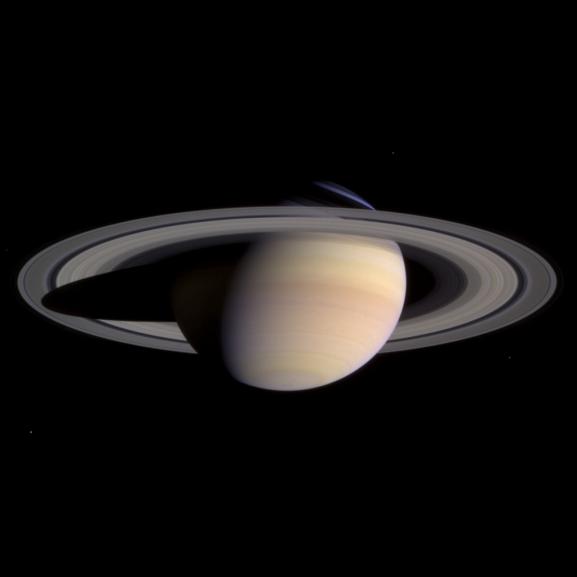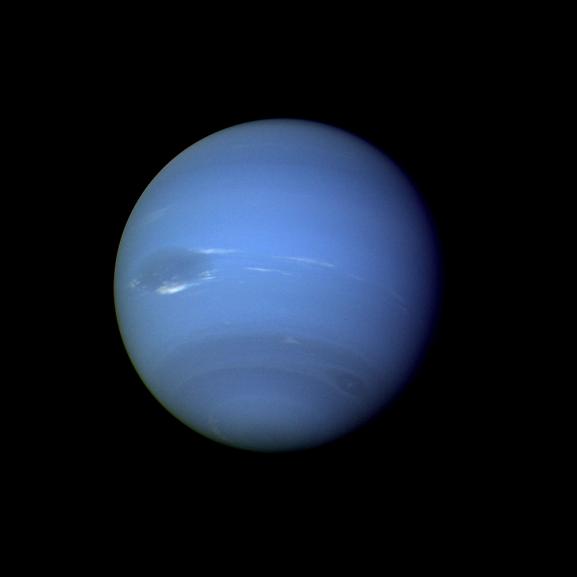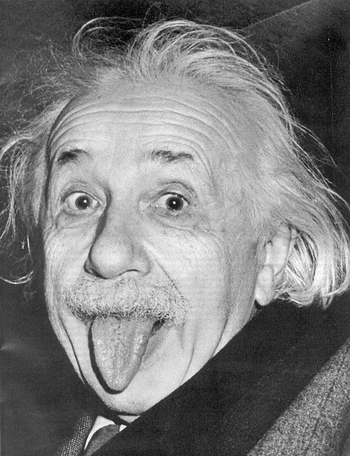 |
| The Solar System. |
Mercury is the smallest planet in the solar system. Pluto is smaller, but it has become the dwarf planet rather than a planet. Mercury is too close to the sun, so observation of it is difficult. This is the planet that we do not know yet in many cases.
Venus is the planet that is most similar to Earth. There is air in this planet, and the orbit is also quite close to the earth. But the direction of the rotation is the opposite. The sun sinks to the east on the rise in the west in Venus. Astronomers do not know well the reason. By the way Venus has been known as the first star. Everyone would have the eye once.
So far, Earth is the only planet organisms are present in the solar system. There is no doubt that it is rare in the universe this. Because we have not seen an alien yet.
 | |
| Mars. |
Jupiter is the largest planet in the solar system. As well as the combined weight of all the other planets, Jupiter will have a weight of more than double that. We can see only the surface of the cloud. This planet is well known for that there is a vortex called the Great Red Spot. This is found to be a super- huge storm. But why is this will not disappear? I wonder.
 |
| Saturn. |
Saturn is the planet with a beautiful ring. This ring is made of rock and ice. This planet is also made of gas again. This star has a satellite countless. Titan is the largest satellite will even have air in it. You may also have a microbial component of the sea and the earth as they are quite similar liquid component of Enceladus.
Neptune and Uranus is a planet made of gas and ice. They have a uniform structure as remove the core from the planet of Jupiter type. It is a very cold place because these are too far away from the sun. Uranus is a celestial body with a thin blue-green. It has in its side rotation oddly. Neptune is a celestial body with a deep blue. Strong wind is blowing here, big storm called the great dark spot was observed by Voyager 2, but it was gone in a few years. There is no planet later than this.
Pluto is a dwarf planet. Include Ellis, Makemake, Haumea is the other celestial body called Plutonian objects. According to the definition of a planet, that it goes round the sun, that it is almost completely spherical, that it is to wipe out the bodies nearby. Planet to meet these three. Dwarf planet to meet only two.
On the outside, scattering disk and astrophotography Kuiper belt objects were scattered around the myriad further. It is thought the place farthest from the sun, and there are countless small bodies in spherical you around the sun.
There is a lot of mystery still in the solar system. Really, it does not fit on the page I just talk about the one planet. Could you know what's in the solar system?
The sources:
http://en.wikipedia.org/wiki/Solar_System
http://omgspace.net/
The pictures:
http://upload.wikimedia.org/wikipedia/commons/c/c3/Solar_sys8.jpg
http://nssdc.gsfc.nasa.gov/image/planetary/mars/hst_mars060.jpg
http://photojournal.jpl.nasa.gov/jpegMod/PIA05389_modest.jpg





